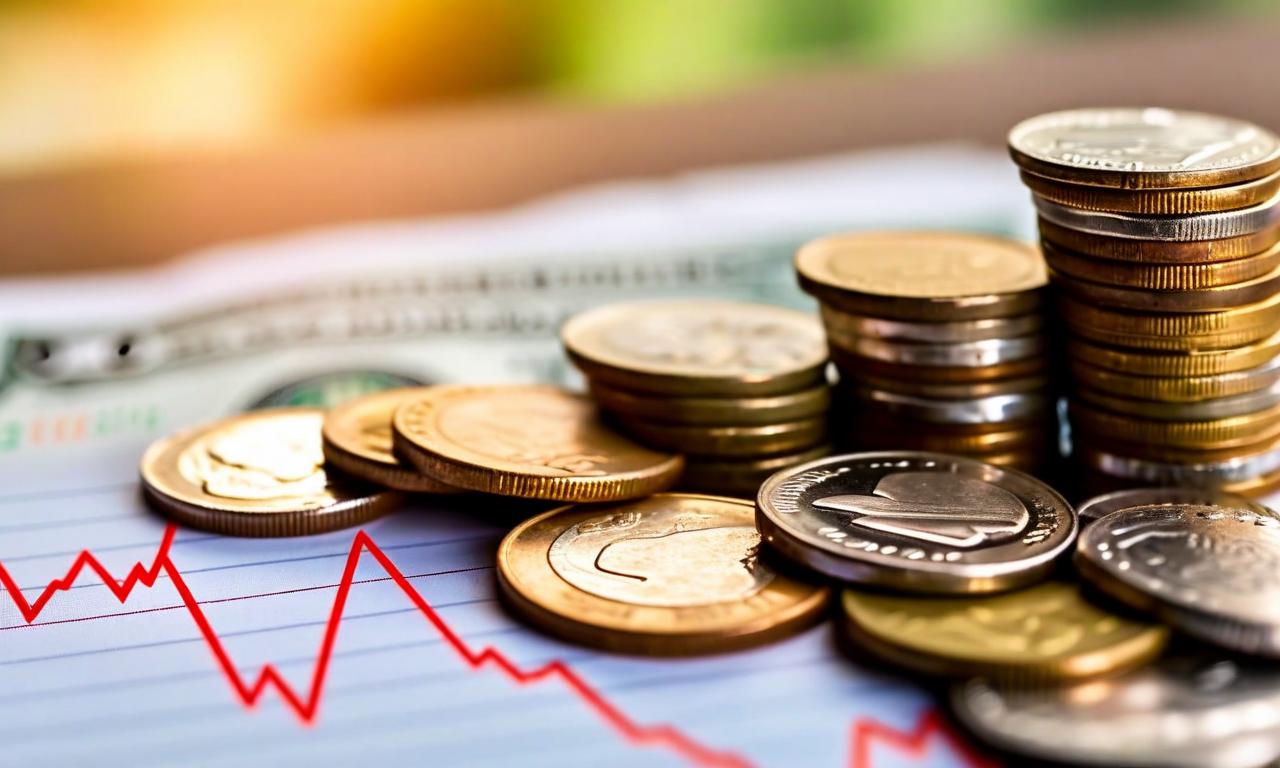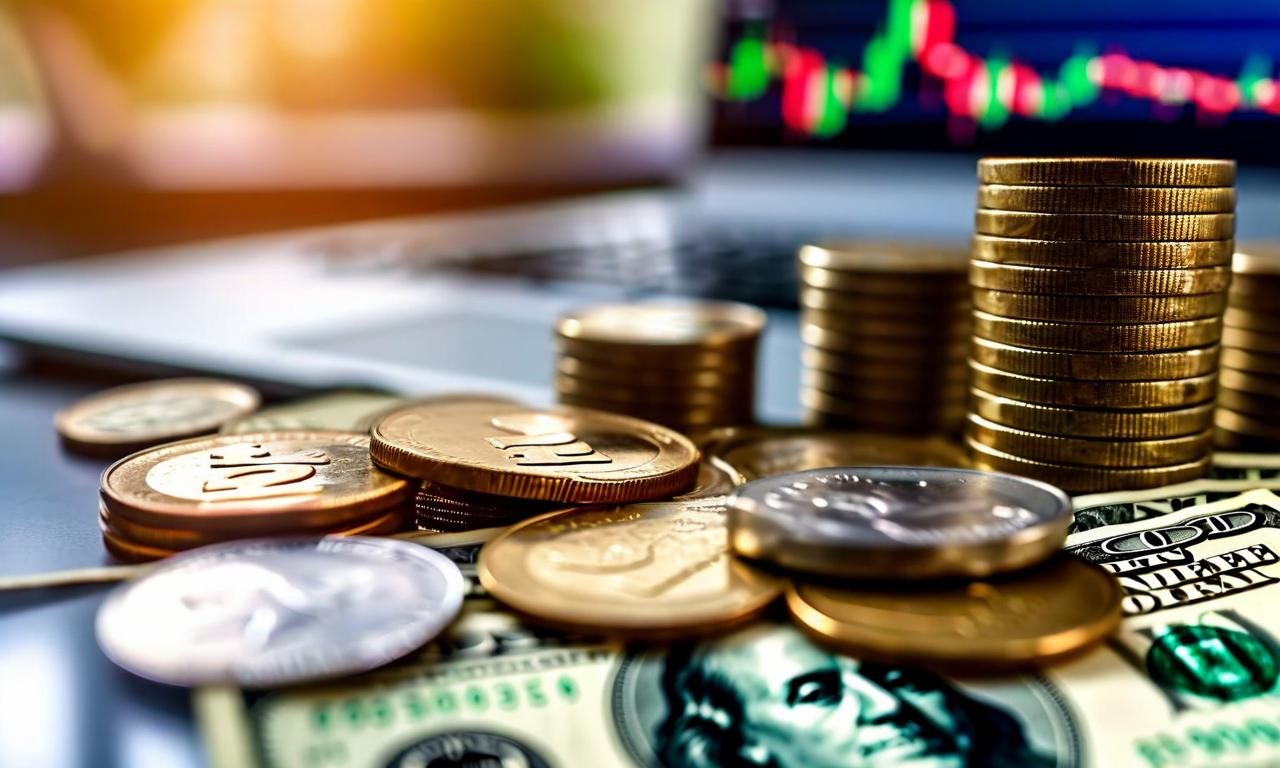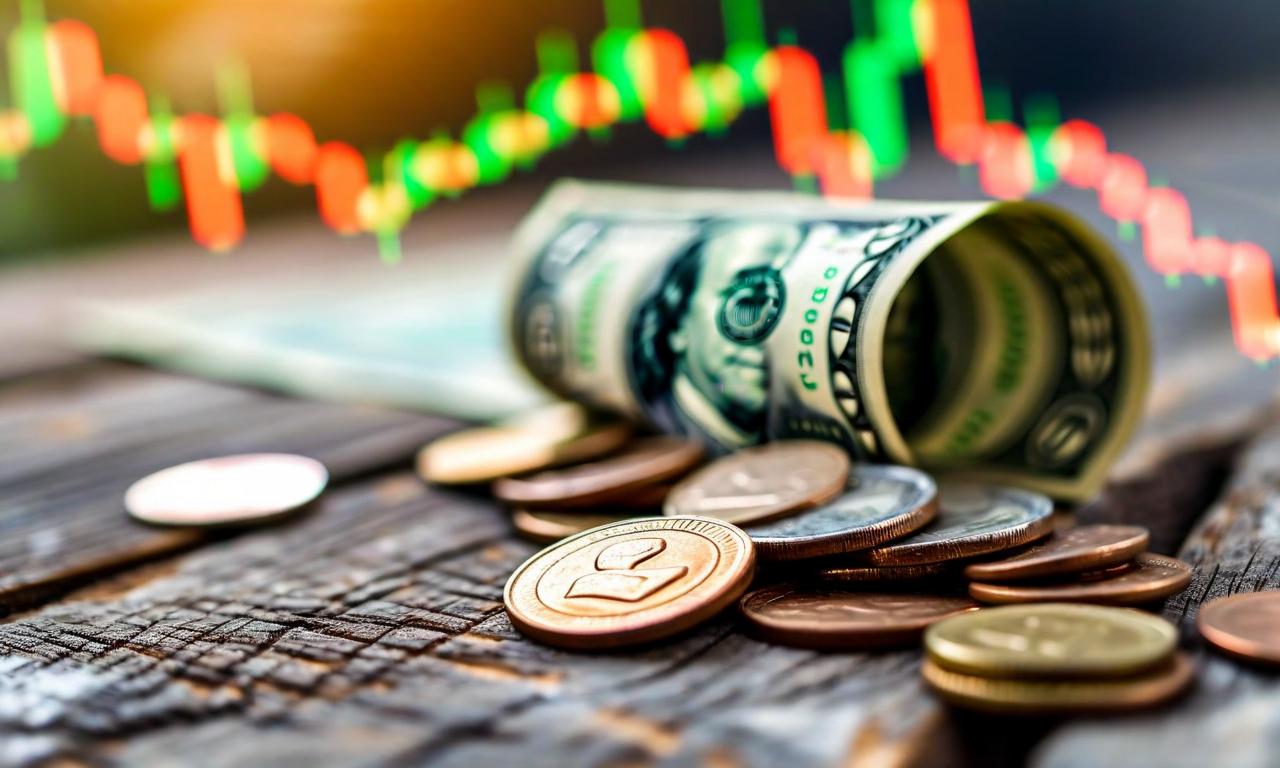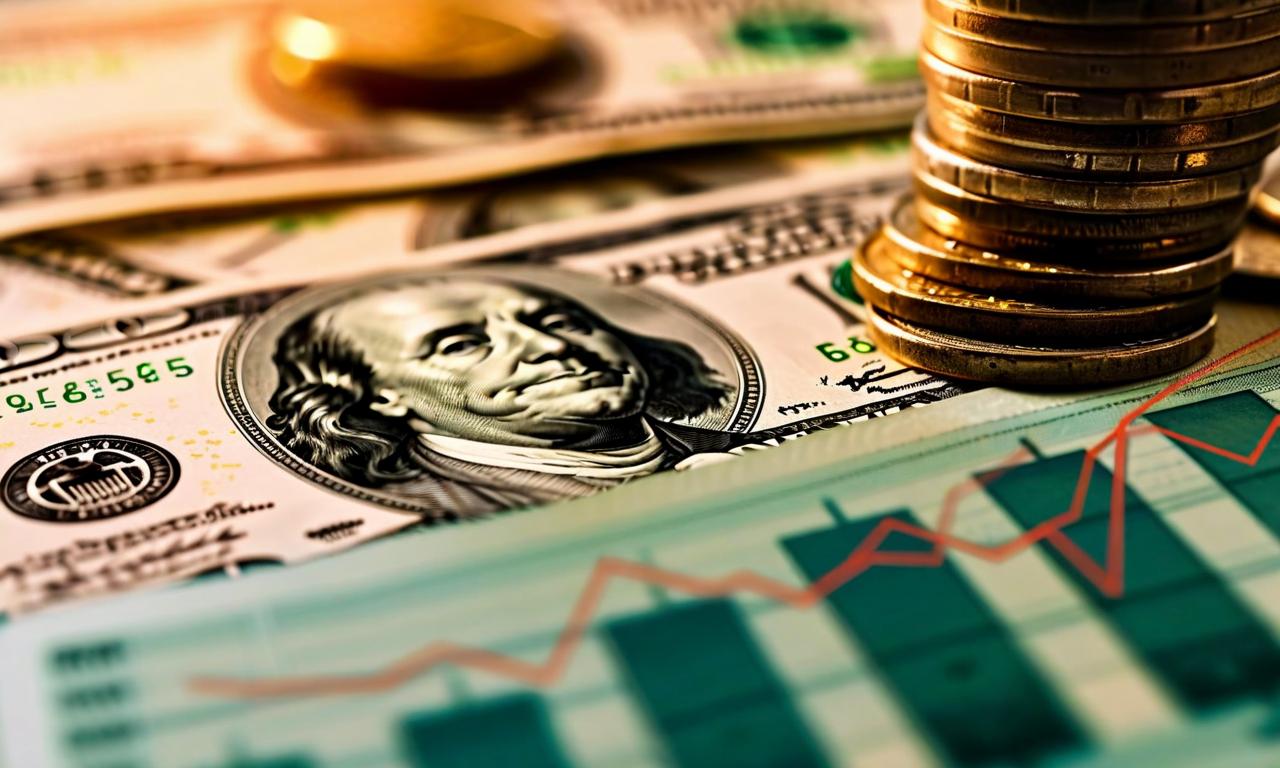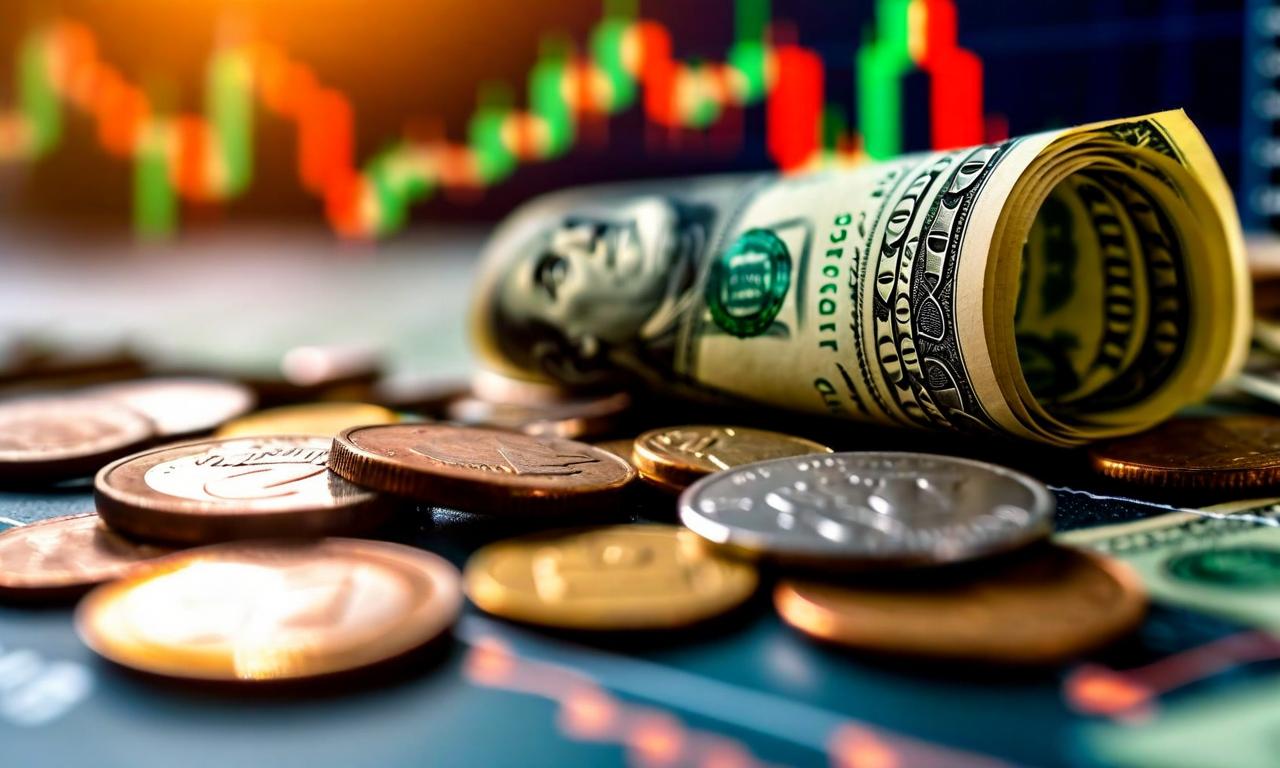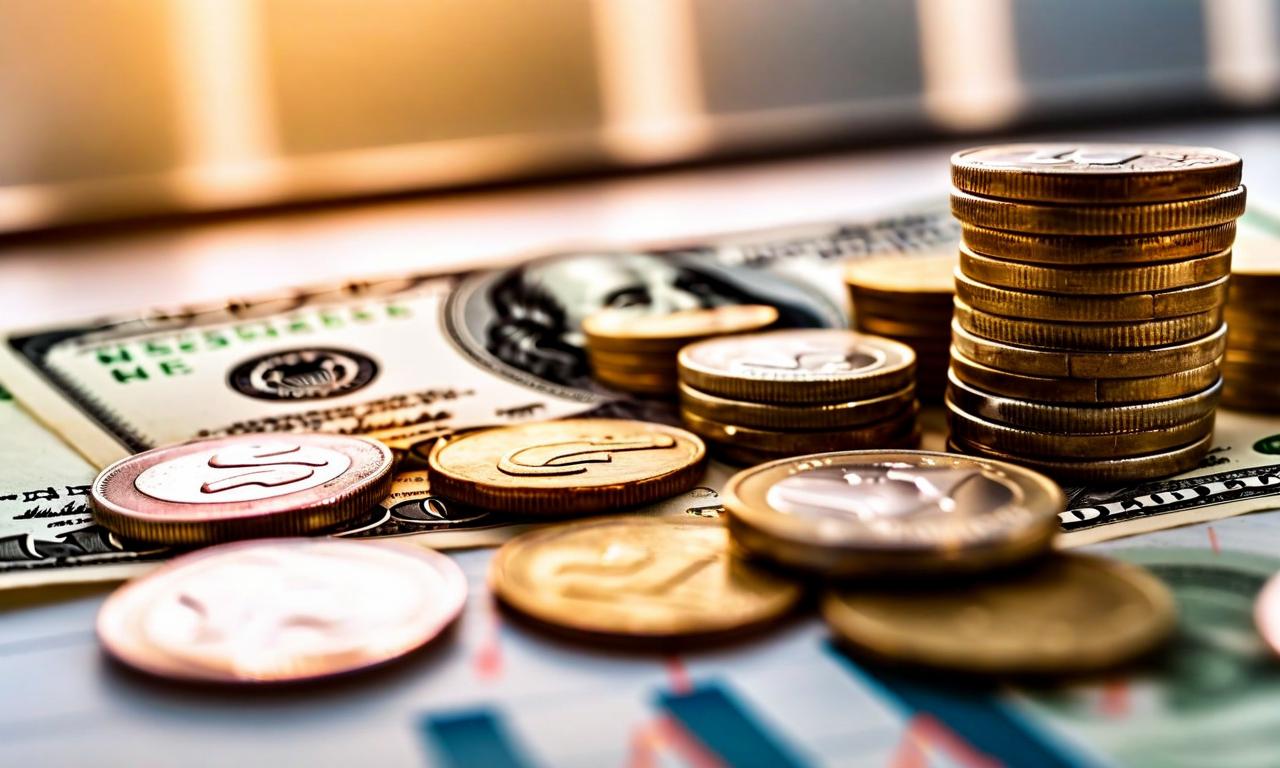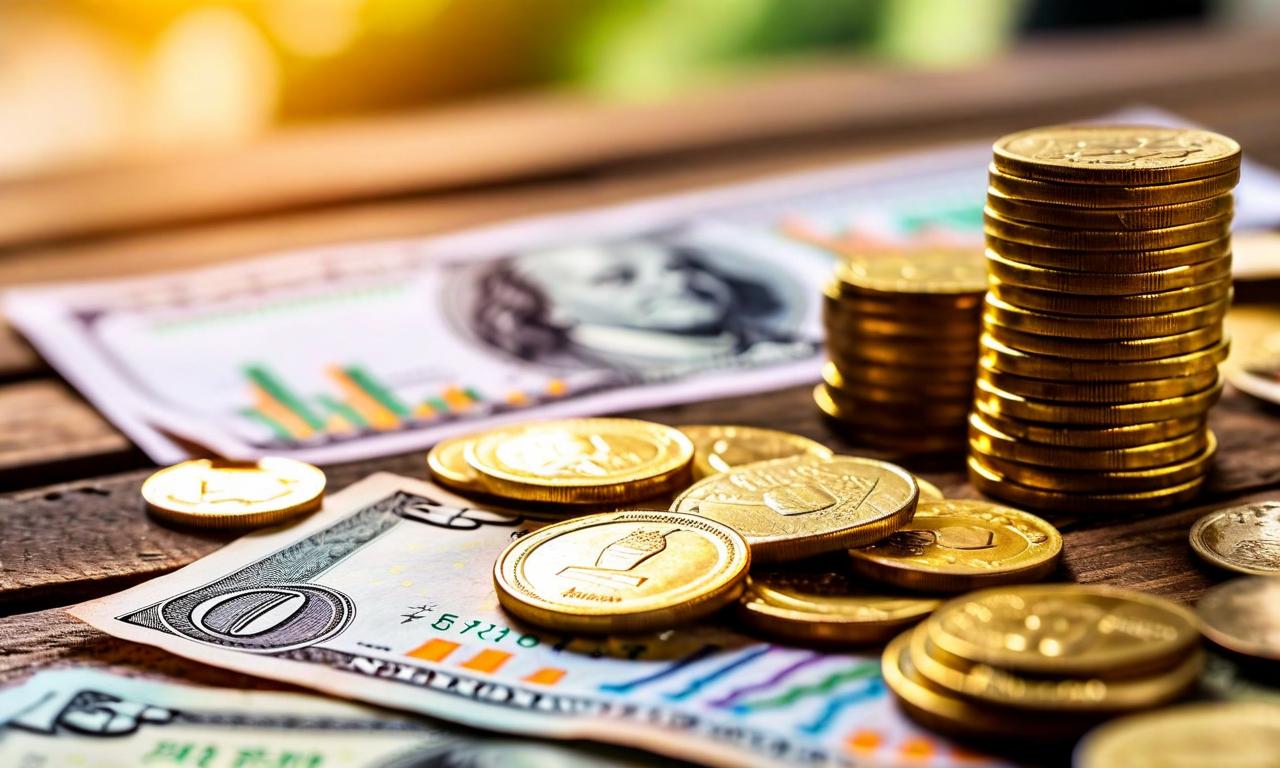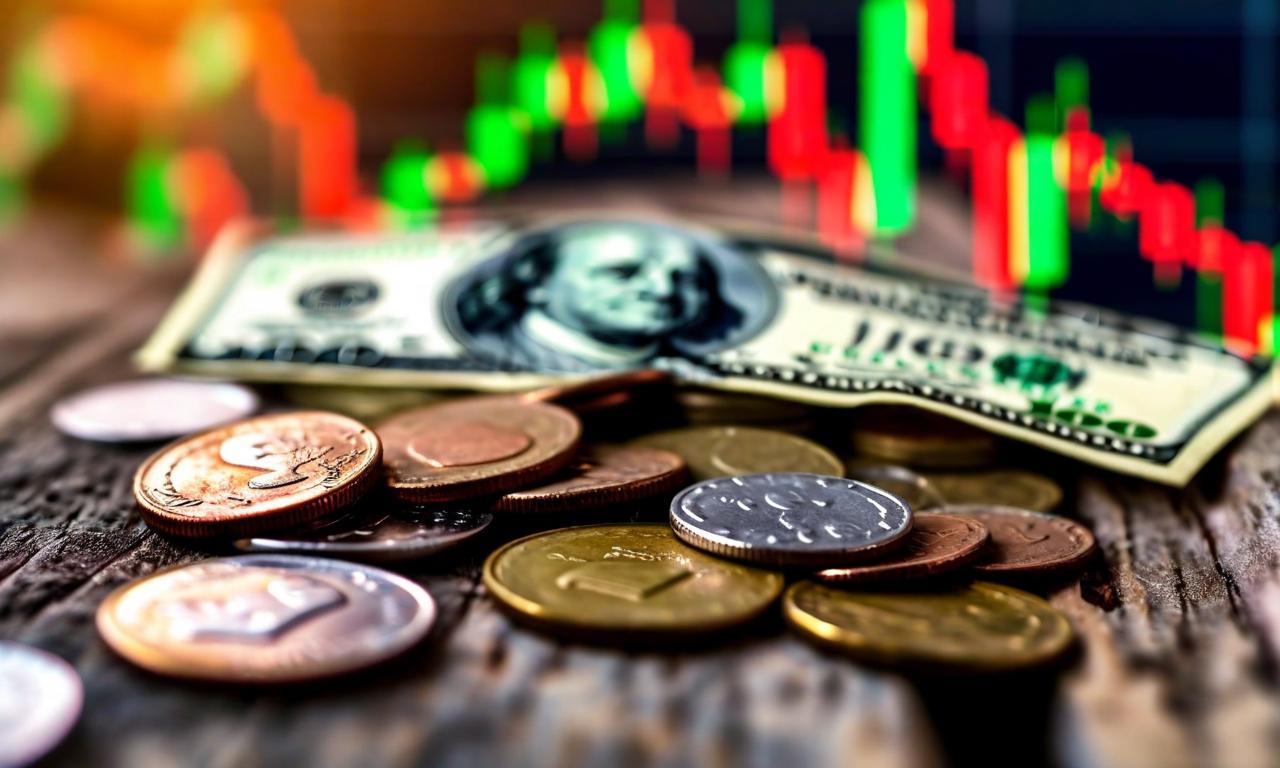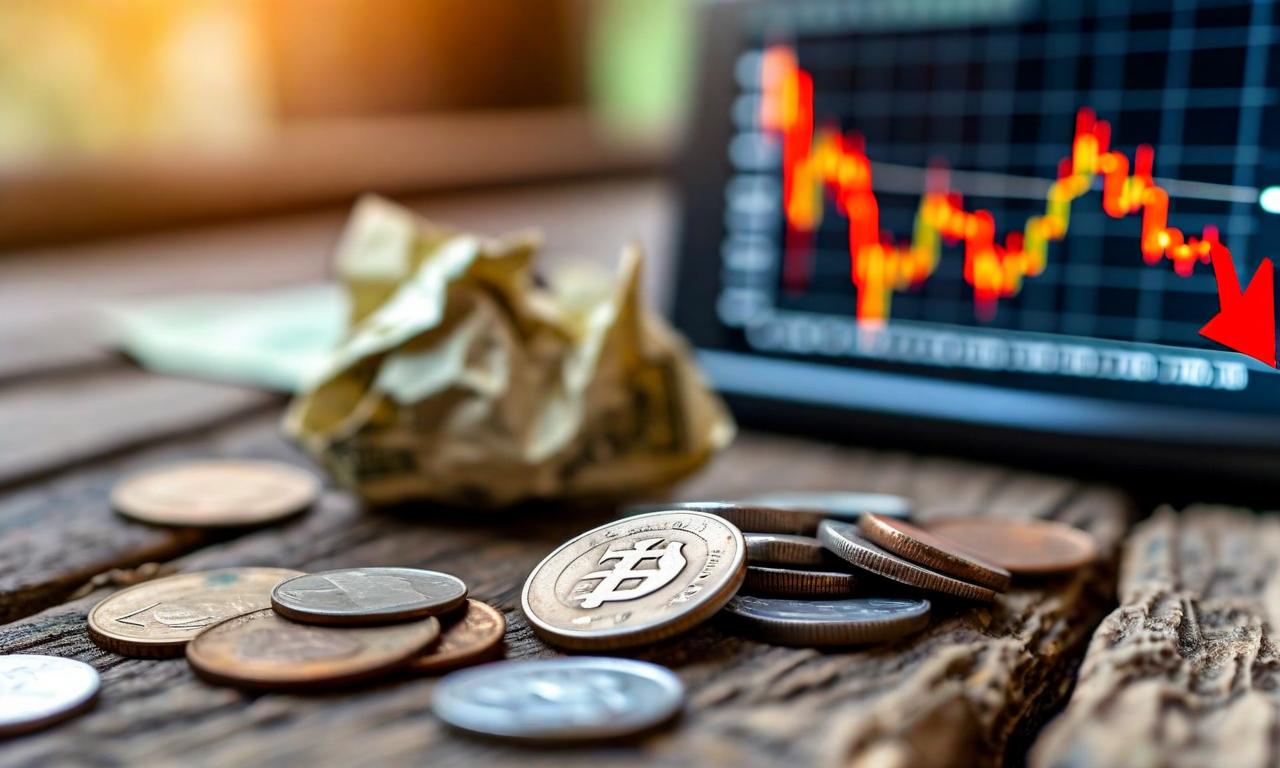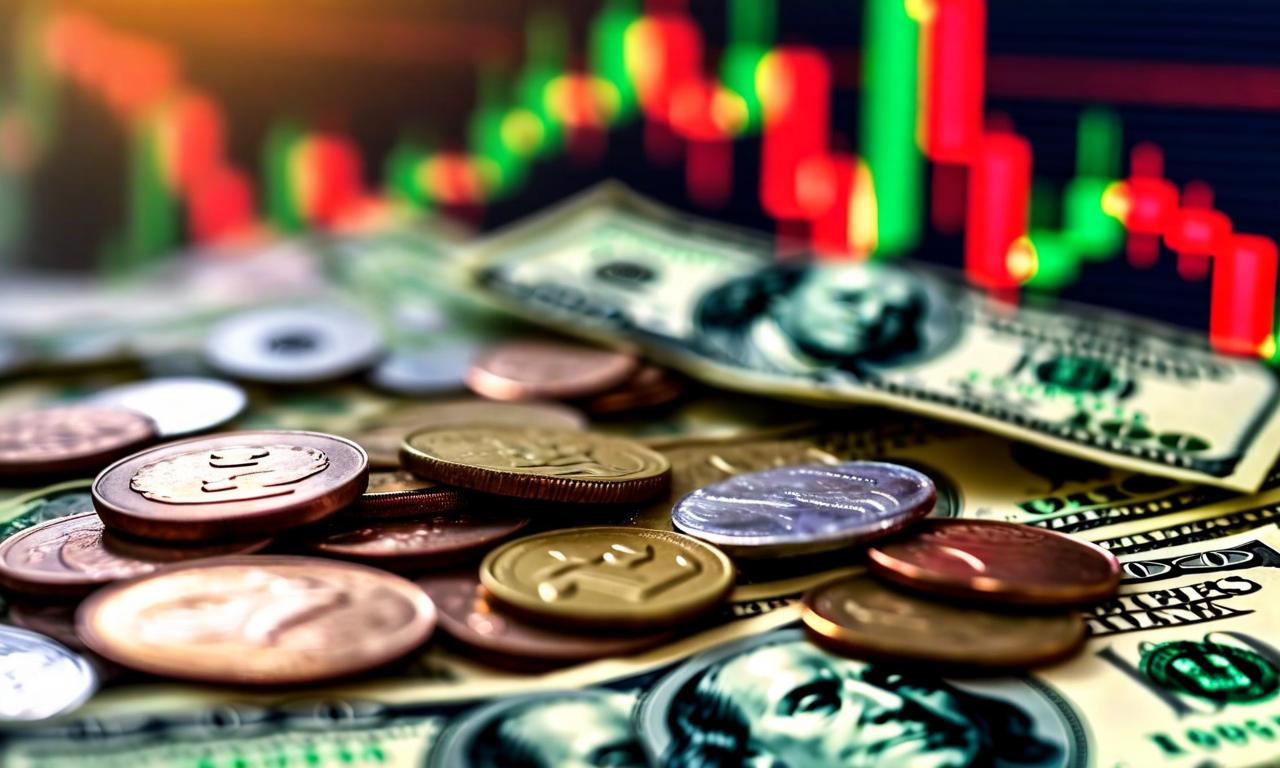Indian Rupee Weakens to 87.53 Against Dollar Amid US Tariff Concerns
The Indian rupee fell 0.30% on Friday, closing at 87.53 against the dollar, marking a 0.02% weekly loss. The depreciation is attributed to increasing demand for the US dollar, a strengthening dollar index, and ongoing market volatility. Despite the decline, foreign institutional investors remained net buyers in the Indian equity market. The currency's performance is influenced by various factors including crude oil prices, domestic equity markets, and potential US tariffs on Indian exports.
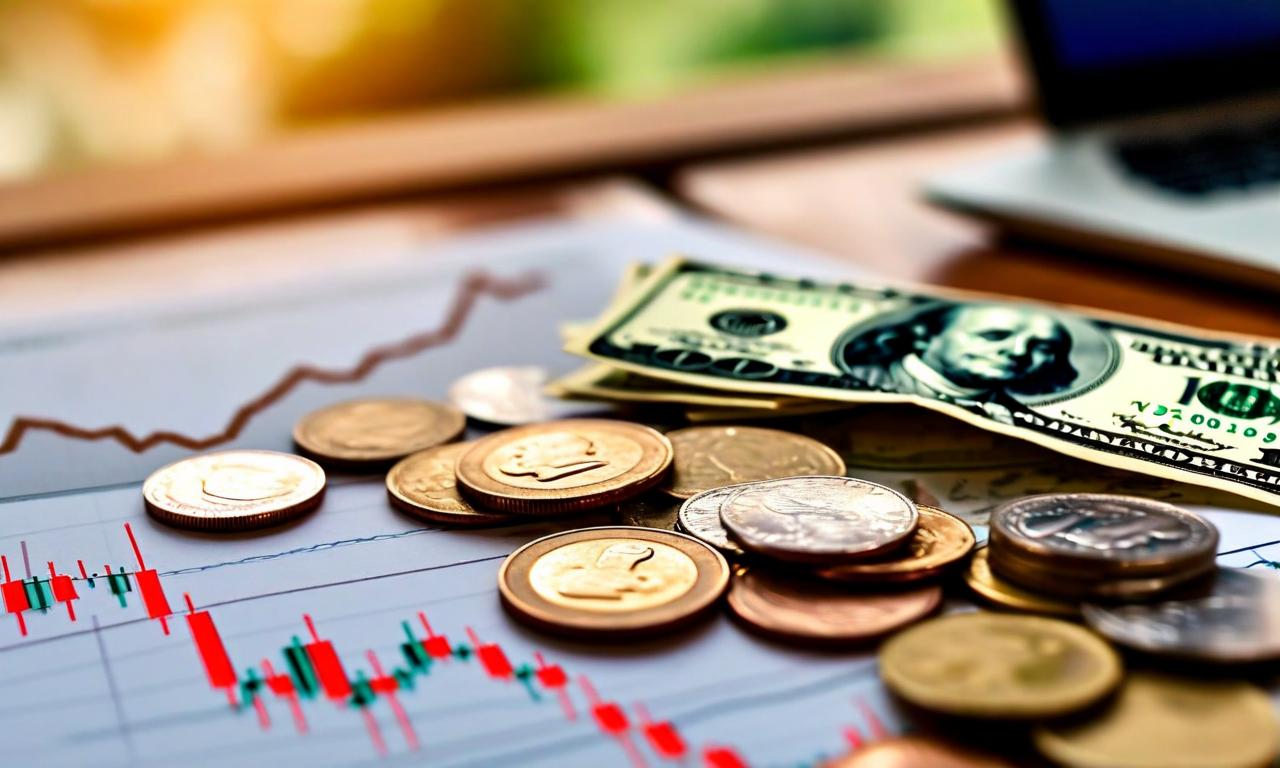
*this image is generated using AI for illustrative purposes only.
The Indian rupee declined 0.30% on Friday, closing at 87.53 against the dollar, marking a 0.02% weekly loss. This depreciation comes amid increasing demand for the greenback and ongoing volatility in the currency markets.
Weekly Performance
The currency experienced significant volatility throughout the week, initially strengthening above 87 on Tuesday due to diplomatic talks between US, Russian, and Ukrainian presidents, along with proposed Indian government tax cuts. However, concerns over US tariffs on Indian goods scheduled for August 27 and criticism over Russian oil purchases pressured the currency lower.
Factors Influencing the Rupee
Several factors are currently at play in the currency market:
Rising Dollar Demand: Increased demand for US dollars, particularly from importers and a public sector bank, has been a primary driver of the rupee's depreciation.
Strengthening Dollar Index: The dollar index rose 0.14% to 98.74, approaching the 99-mark ahead of Federal Reserve Chair Jerome Powell's Jackson Hole speech. This put additional pressure on the rupee.
Crude Oil Prices: A marginal decline in oil prices provided some relief, as lower oil prices typically benefit the rupee, given India's status as a major oil importer.
Foreign Institutional Investors (FIIs): Despite the rupee's decline, FIIs remained net buyers in the Indian equity market, which helped prevent steeper losses for the rupee.
Domestic Equity Markets: The Indian stock markets opened lower, potentially contributing to the pressure on the rupee.
Market Sentiment and Trade Tensions
Traders are closely watching for Fed Chair Jerome Powell's speech at the Jackson Hole Symposium, which could provide insights into future US monetary policy and potentially impact currency markets.
Adding to market uncertainty are potential additional US tariffs on Indian exports. The possibility of a 25% tariff increase scheduled for August 27 has raised concerns and could further influence the rupee's trajectory.
Asian Currency Performance
Most Asian currencies traded lower, with the Taiwan dollar and Indonesian rupiah leading losses, while the Korean won and Philippine peso gained in intraday trading.
As global economic factors continue to evolve, the rupee's performance will likely remain subject to these various domestic and international influences in the near term.


